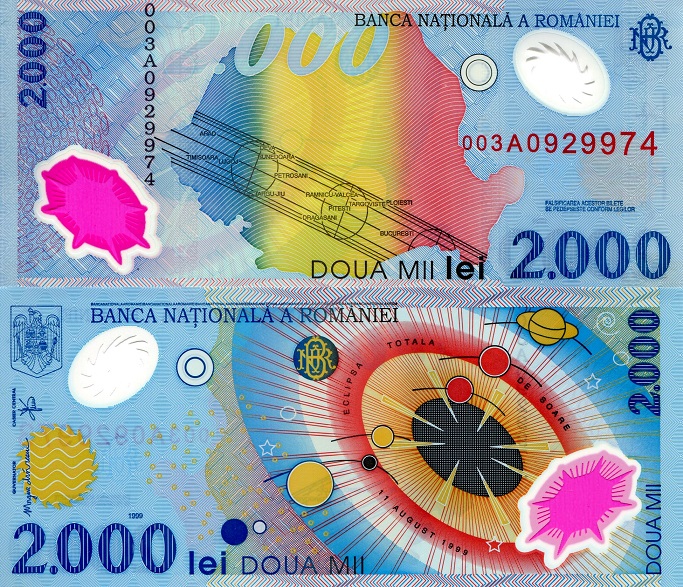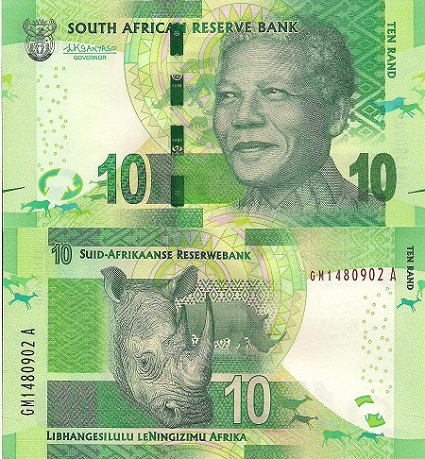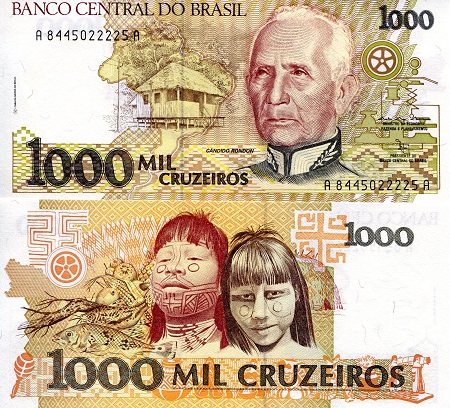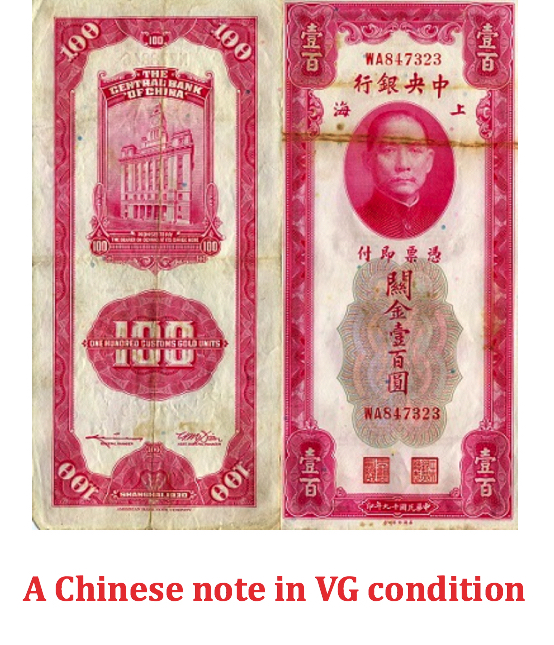Loyalty Sale - 25% off all items
Loyalty Sale - 25% off all items
Introduction to Banknote Collecting | Frequently Asked Questions
What is this site about and what is banknote collecting?
We realize that if you are coming to this site for the first time you may be unsure what this is all about. You may ask how someone can sell “money”, so we have put together a lot of information/Q&A articles that may help. However, for a short introduction, we sell banknotes (paper money) to customers all over the world who collect banknotes (like people collect stamps). We are not a currency exchange company. Banknote collecting is a fascinating hobby and we know most people are amazed by how many different banknotes there are and how amazing and beautiful so many of them are - hence their collectability.
Anyway, we hope you will spend some time looking at our site and at some of the information/Q&A we have created plus, and more importantly, looking at pictures of some of the amazing banknotes from around the world. If nothing else, you will see how diverse the world is and, as we like to say, “banknotes are a window into the world”.
If you have questions about what we do or generally about banknote collecting, feel free to email us at robert@robertsworldmoney.com. We will do our best to answer your questions as quickly as we can.
We have been in business for over 20 years – but we can’t promise we know all the answers.
What does it mean when you see a “p” or “bnb” number?
You may see a listing for a banknote that says - South Africa 10 Rand Pick #: 138b BNB 767b 2015
The “p” stands for pick – and was named after the famous banknote collector Albert Pick. I am sure you have heard of the book library’s classification system called the Dewey Decimal system; well, the pick numbering is similar to this. It is a way to classify banknotes in a systematic way.
We are working to add as many BNB#'s to listing as quickly as we can and as more countries become available on the BNB we will add the BNB number on these notes too.
What is a banknote grade?
Grading is a way of describing the condition of notes in a consistent way. This blog explains how I personally grade notes. It is all so subjective, and everyone has different opinions on how to grade. I think the hardest part of grading comes when you get to the lower grades of notes. Whilst there may be little difference between UNC (UNCirculated) and aUNC (about UNCirculated), the problems can sometimes arise in determining between say VF/F/VG – (Very Fine, Fine, Very Good).
Anatomy of a Banknote
Say you encounter the following banknote listing:
South Africa 10 Rand Pick: p138b BNB: 767b UNC 2015
What exactly are you dealing with? Let's take a look piece by piece.
South Africa is self-explanatory, this is the country that issued the banknote.
10 Rand refers to denomination (the quantity of the currency, in this case "10") and the currency, which in South Africa is the Rand.
p138b is the note's pick number, which is named after the famous banknote collector Albert Pick. Consider the pick # to be the banknote world's version of the Dewey Decimal system. Every banknote within a country has a unique pick number, so if you search by "South Africa p138" you will get the 10 Rand note.
Of course, things are not this simple. The observant among you probably noticed the "b" at the end of the pick number. This "b" indicates a banknote variation. For example:
- p138a (or simply p138) is the 2013 issue of the 10 Rand note signed by "Marcus"
- p138b is the 2015 issue of the 10 Rand note signed by "Kyganyago"
Two more exceptions before we move on. Pick numbers ending in "s" or "r" are not variations, but refer to specimen notes and replacement notes respectively.
767b is the note's Banknote Book number. Unfortunately, SCWPM, the organization that publishes the Pick # went out of business, and the Banknote book number is quickly taking its place. The Booknote Book has currently cataloged the banknotes of 314 countries around the world. As publish these banknote book numbers as they become available.
UNC is the banknote's grade or condition. Here are the standard banknote grades:
- UNC (Uncirculated) - a perfectly preserved note with sharp, square corners and no blemishes
- aUNC (About Uncirculated) - a nearly perfect note with some minor blemishes
- XF (Extra Fine) - A really nicely graded note - but may have one hard fold or two light folds. It also may have a very minor corner or edge issue. Sometimes an UNC note that has minor foxing or small marks may be graded as XF (or aUNC/XF)
- VF (Very Fine) - Is a nice note but may show signs of wear and may have some dirt/foxing/marks - color may not be as vibrant and may have several folds - but overall still a nice note.
- F (Fine) - a note showing some wear and tear from circulation including folds, wrinkles, minor tears, and fading
- VG (Very Good) - a well worn banknote but still in one piece containing tears, creases, perhaps even small holes from folding
- G/Fair (Good to Fair) - a note with damage from extended circulation, the paper is limp with folds, tears and possibly holes and writing
Read more on banknote grading ...
2015 is the year the banknote was issued. Knowing the year is an important piece for identifying a particular banknote.
Robert's World Money Blog
a blog for banknote and fun note collectors
Check out our Introduction to Banknote Collecting blog series to learn more


Banknote Terminology
Our glossary of common banknote terms
Foxing, SPARK Feature, watermarks and more ...
Lastest Newsletter





